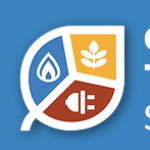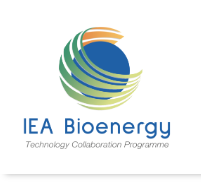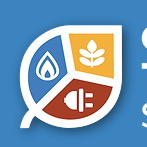Pacific Northwest Hydrogen Hub Awarded $27.5 Mil to Begin Project's First Phase
Kassia Micek and Santiago Canel Soria (S&P Global) PNWH2 Phase one is expected to last 12-18 months -- ... "OCED is working with PNWH2 to build a clean hydrogen ecosystem across Washington, Oregon and Montana that leverages the region's abundant renewable resources




.jpg)




